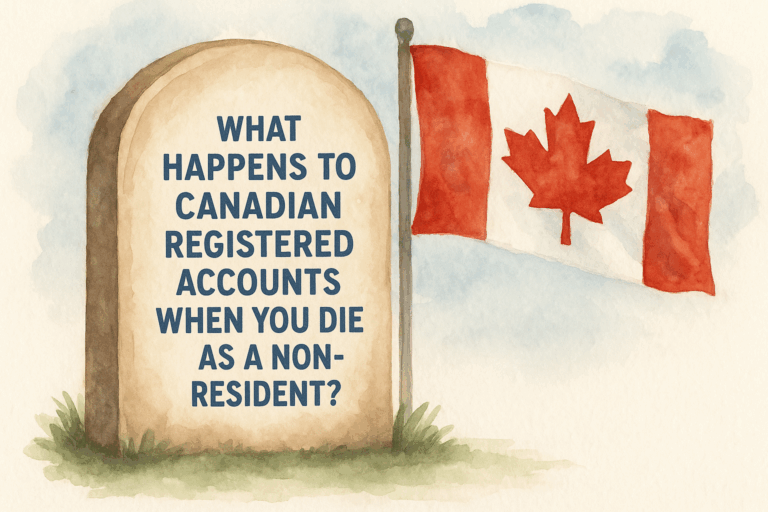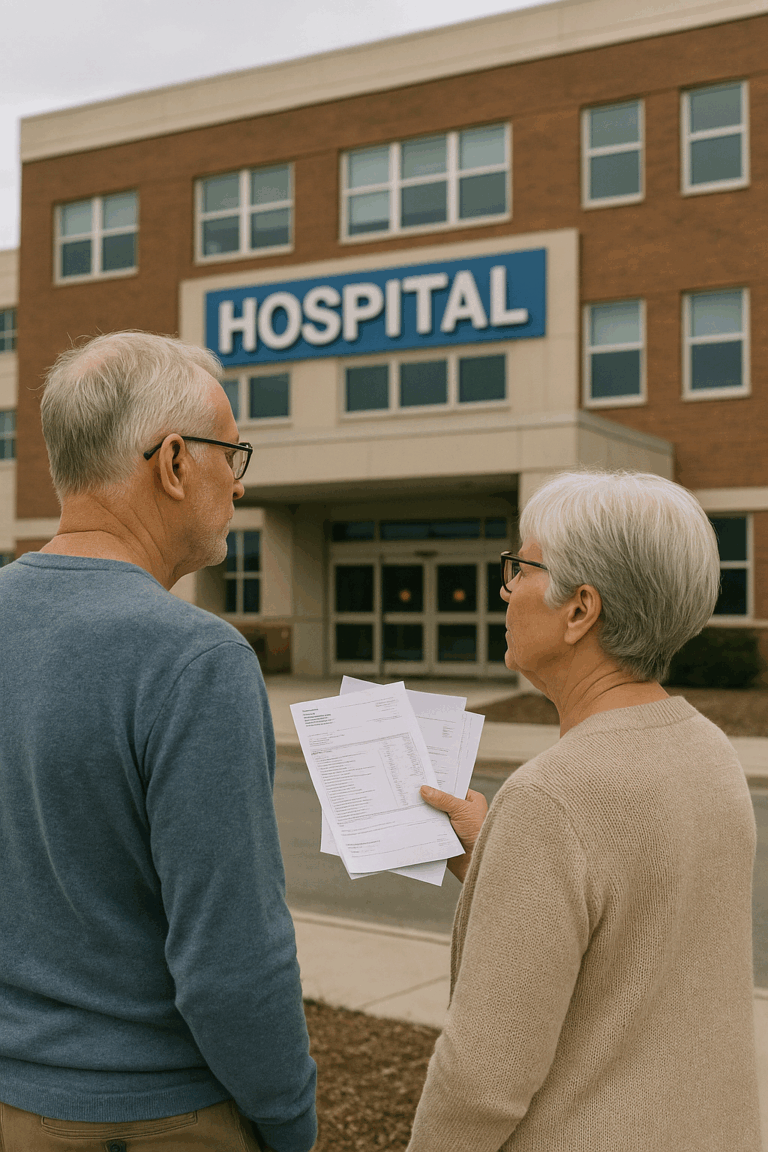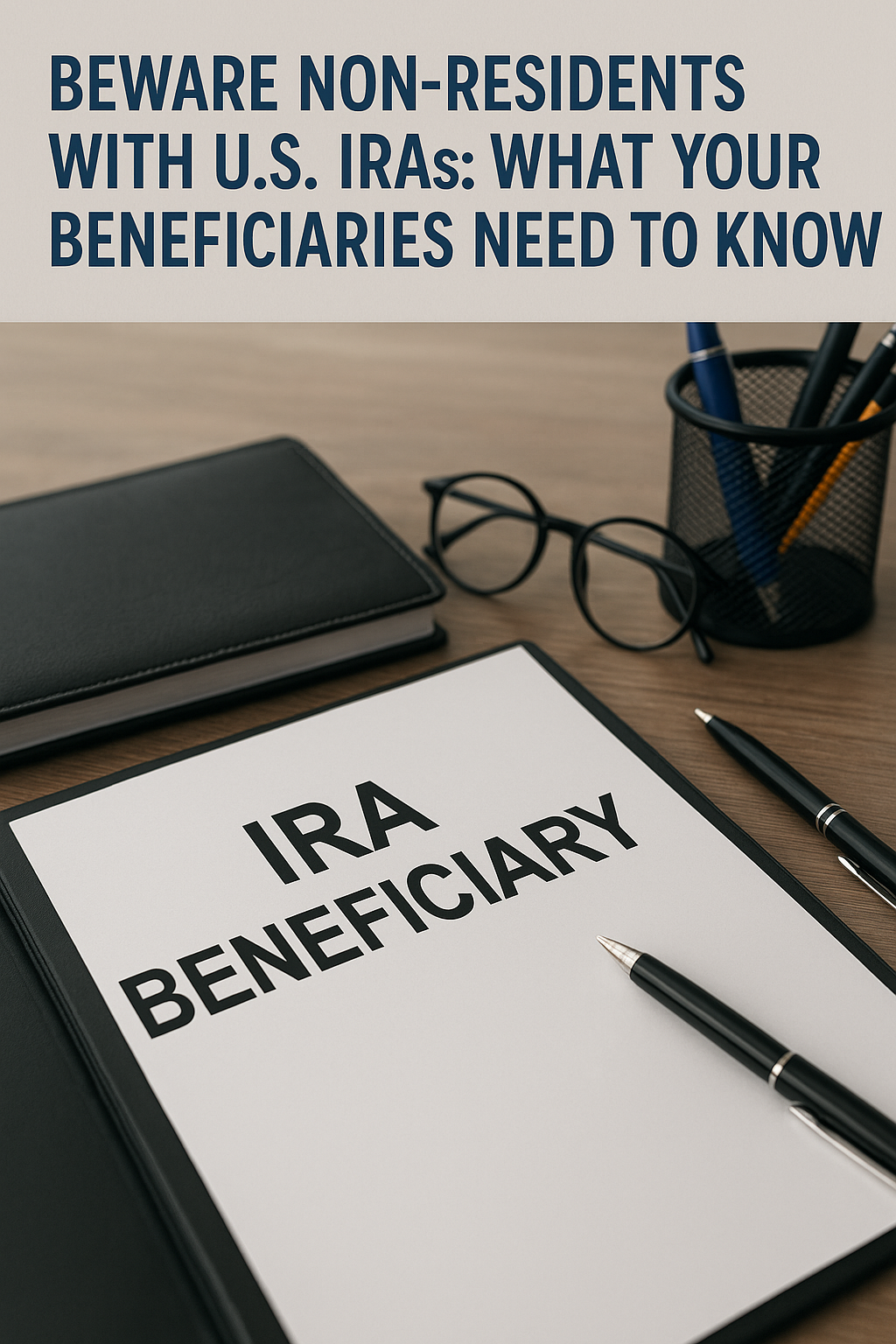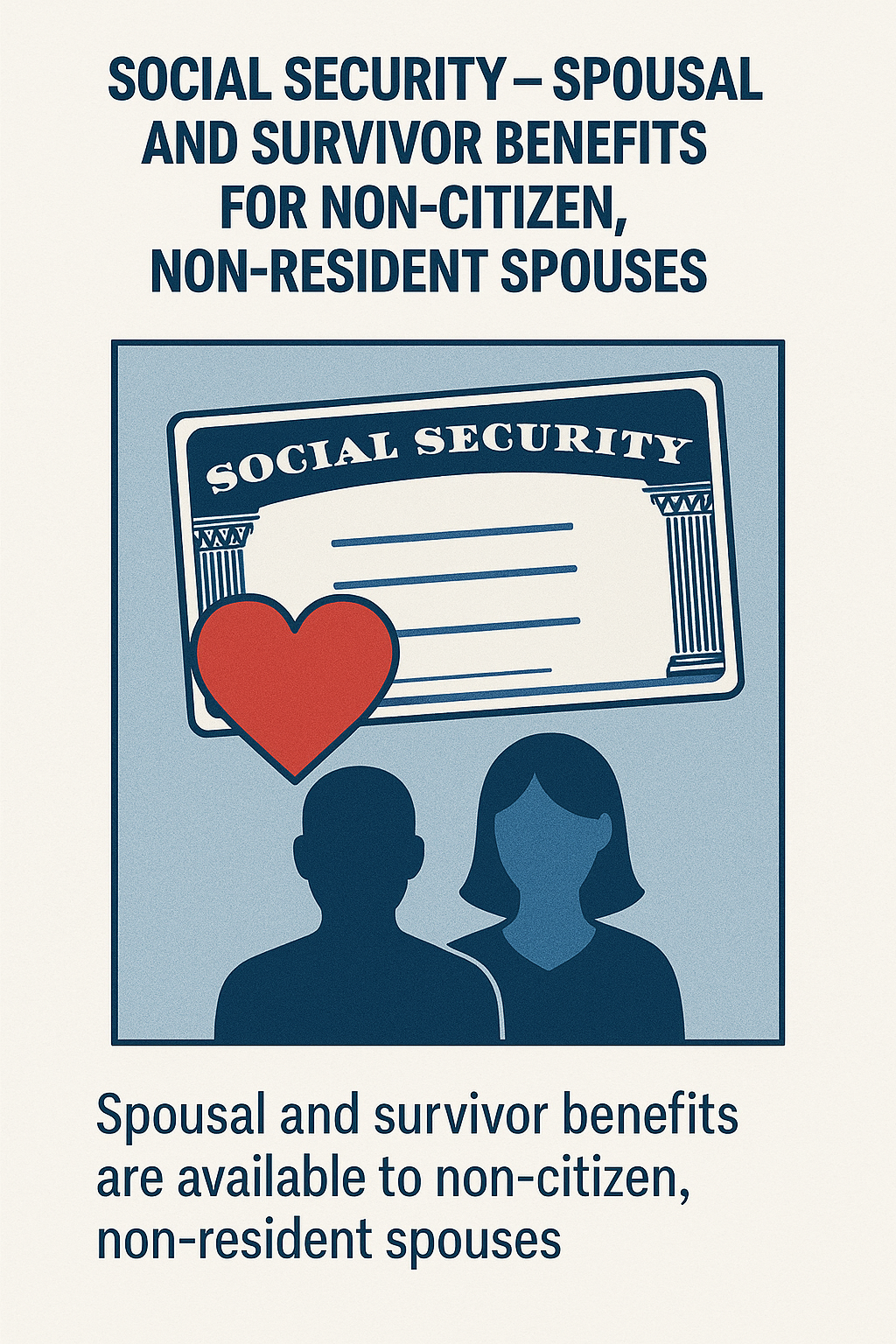 alt="Importing Firearms into Canada" />
alt="Importing Firearms into Canada" />Unlike some parts of the United States, Canada has stringent regulations governing the importation and ownership of firearms. There is no 2nd Amendment or right to bear arms in Canada.
This guide provides an overview of the processes, required forms, wait times, and licensing requirements for individuals looking to import and possess firearms in Canada. It also highlights prohibited firearms and provincial variations in regulations.
Importing Firearms into Canada
Required Forms and Documentation
- Non-Resident Firearm Declaration (Form RCMP 5589): Non-residents must complete this form to declare firearms upon entry. It serves as a temporary license valid for up to 60 days and can be renewed. The form should be presented in triplicate, unsigned, to a Canada Border Services Agency (CBSA) officer upon arrival. A fee of $25 CAD applies.
- Authorization to Transport (ATT): Depending on the firearm’s classification, an ATT (Form 5490) may be required to transport it within Canada. This is especially pertinent for restricted firearms.
- Import Permit: Residents importing firearms may need an import permit from Global Affairs Canada, particularly for restricted or prohibited firearms.
Wait Times and Processing
- At the Border: Processing times can vary. Having all documentation prepared and declaring firearms promptly can expedite the process.
- Import Permits: Obtaining an import permit may take several weeks. It’s advisable to apply well in advance of any planned importation.
Licensing to Possess Firearms in Canada
Firearm Classifications
- Non-Restricted: Standard rifles and shotguns used for hunting and sport shooting.
- Restricted: Handguns and certain rifles/shotguns with specific features.
- Prohibited: Specific handguns, fully automatic firearms, and others as defined by law.
Licensing Process
- The Possession and Acquisition License process is required to possess and acquire non-restricted firearms in Canada.
- Safety Course: Complete the Canadian Firearms Safety Course (CFSC) and pass the related exam.
- Application (Form RCMP 5592): Submit the PAL application with proof of course completion, personal identification, and payment.
- Background Check: Includes a review of criminal, mental health, and personal history.
- Restricted PAL (RPAL): Required for restricted firearms.
- Additional Course: Complete the Canadian Restricted Firearms Safety Course (CRFSC) and pass the exam.
- Application: Similar to the PAL process, with additional emphasis on the purpose of acquiring restricted firearms (e.g., target shooting, collection).
Wait Times
- Processing: PAL and RPAL applications can take several weeks to months. Delays may occur due to background checks or incomplete applications. Staffing and workload can vary.
 alt="Licensing to Possess Firearms in Canada" />
alt="Licensing to Possess Firearms in Canada" />Firearm Registration Requirements
- Non-Restricted Firearms: Registration is not required.
- Restricted and Prohibited Firearms: Must be registered with the RCMP’s Canadian Firearms Program. Upon approval of your RPAL, the registration process is typically initiated.
Prohibited Firearms
Canada prohibits certain firearms, including:
- Fully automatic firearms.
- Specific handguns with short barrels or in certain calibers.
- Firearms adapted from rifles or shotguns to be less than a specific length.
A comprehensive list is available through the RCMP.
Provincial Variations
While federal laws govern firearm possession and use, provinces may have additional regulations:
- Quebec: Maintains its own firearm registry for non-restricted firearms.
- Ontario and Others: May have specific hunting regulations affecting firearm use.
It’s essential to consult provincial authorities for localized requirements.
Navigating Canada’s firearm importation and ownership regulations requires careful adherence to federal and provincial laws. Ensure all forms are accurately completed, apply for necessary licenses well in advance, and stay informed about specific provincial regulations to ensure compliance.
Frequently Asked Questions
What is the process for importing firearms into Canada?
To import firearms into Canada, one must declare all firearms at a Canada Border Services Agency (CBSA) office when entering the country. A valid Possession and Acquisition Licence (PAL) is necessary. Visitors must also complete an importation form to be reviewed by a border services officer.
What documentation is required to import firearms into Canada?
Importing firearms requires a valid PAL and a completed Non-Resident Firearm Declaration Form, which is confirmed at the border for a fee. Some individuals may also need a temporary borrowing licence. For more details, visiting the Canadian Firearms Program’s website is advisable.
Are there restrictions on the types of firearms that can be imported into Canada?
Yes, Canada restricts certain firearm types. Restricted firearms, such as some rifles, may only be imported if a need is demonstrated, excluding handguns. Prohibited firearms are not allowed.
Is a permit required to import firearms into Canada for personal use?
Yes, individuals need authorization such as a PAL to import firearms. Non-residents must declare and pay a fee for the declaration forms at the border. More detailed information can be found on the Frequently Asked Questions page of Global Affairs Canada.
How do Canadian firearms laws compare to those in the United States?
Canadian firearms laws are generally stricter than those in the United States. For instance, individuals must go through more rigorous background checks and obtain appropriate licenses to import or own firearms in Canada. Age restrictions also apply, as individuals must be at least 18 years of age to import firearms.
What are the consequences of non-compliance with Canadian firearms import regulations?
Non-compliance with firearms import regulations can lead to serious consequences, including fines, seizure of firearms, or legal actions such as arrest. It’s critical to declare all firearms and possess the necessary documentation when entering Canada. The Canada Border Services Agency emphasizes the importance of compliance for safety and legal adherence.




